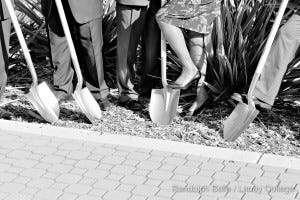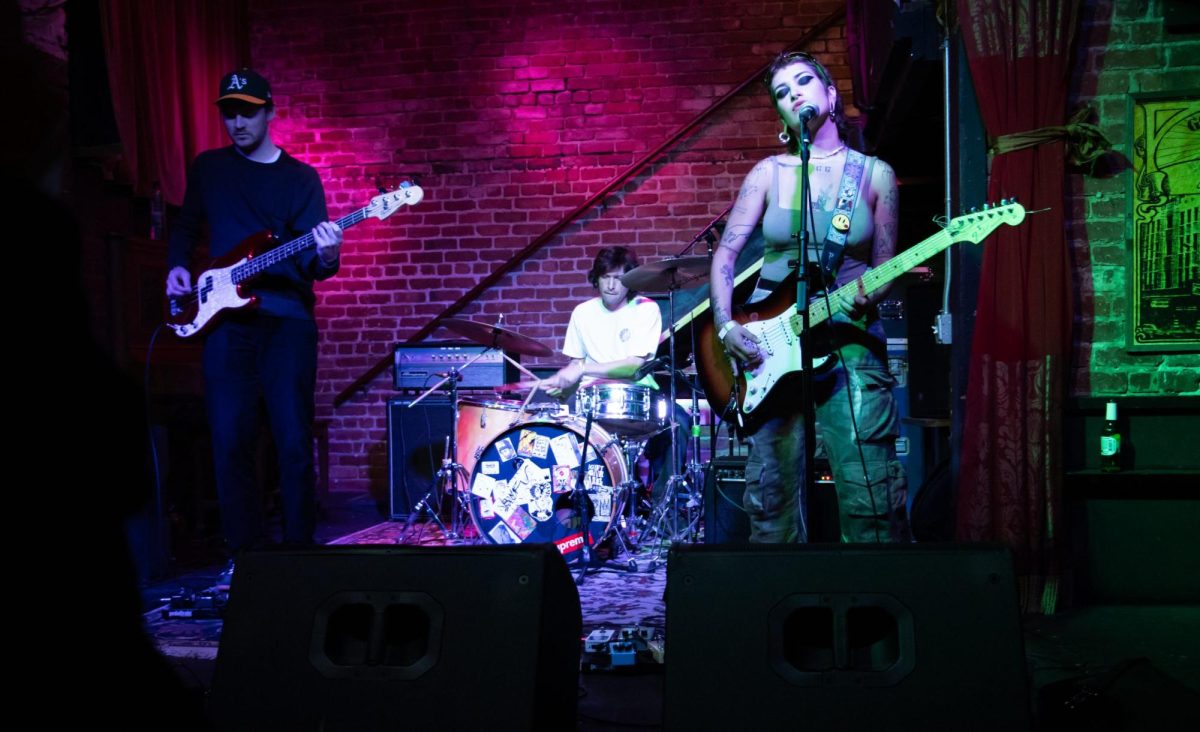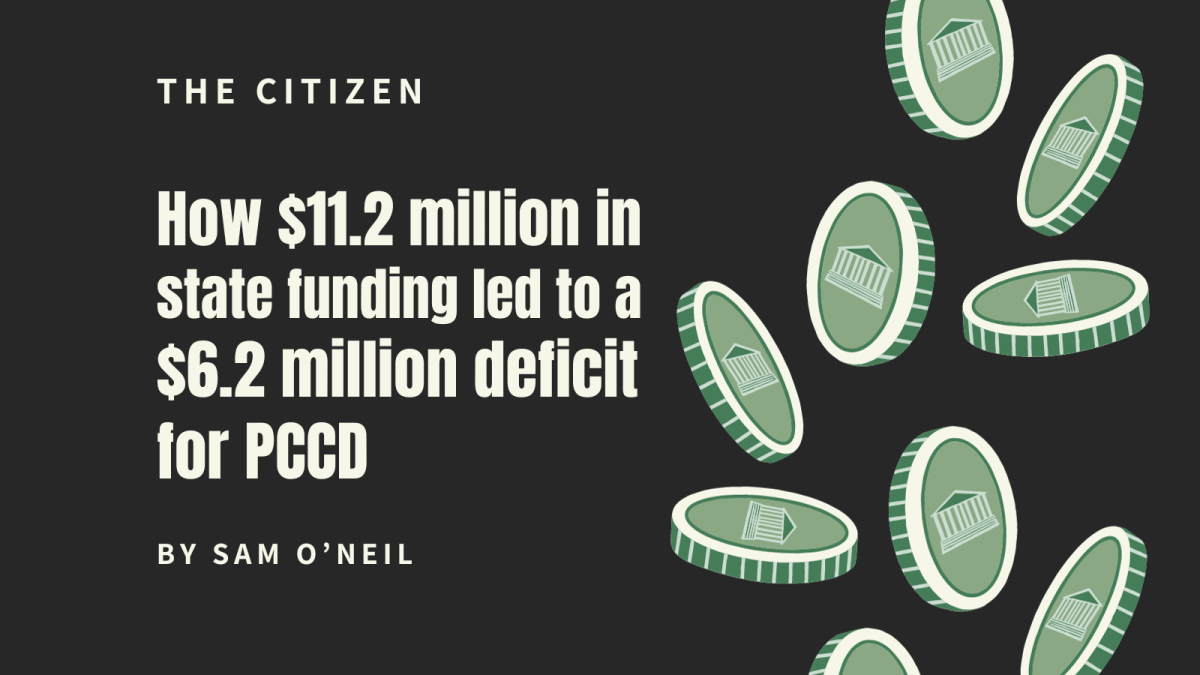 On Feb. 25, Laney broke ground for what will become the Building Efficiency for a Sustainable Tomorrow (BEST) Center, a “living lab” classroom.
On Feb. 25, Laney broke ground for what will become the Building Efficiency for a Sustainable Tomorrow (BEST) Center, a “living lab” classroom. The BEST Center will make Laney College the epicenter of green technology education. In March 2016, construction will begin with the demolition of the tennis courts on campus.
The lab will be a showcase for the latest technology in green building, beginning with the architects and engineers, starting from the ground up. The hope is that the curriculum will begin to be taught in the coming semesters.
Laney’s BEST Center will become the one of the country’s leaders in education concerning the latest technology in zero net energy usage, housed inside a building meeting the most rigorous qualifications in zero-emission standards.
“The legacy we leave for future generations is what we build today,” Laney College Construction Management Professor Kelle Lynch-McMahon said. She has been teaching LEED Certification in her classes for years.
When the BEST Center was first conceived, it was Laney College Heating, Ventilation and Air-Conditioning (HVAC) Professor Nick Kyriakopedi’s dream to educate people for the new job market in green technology. He says that state of the art green technologies will not operate effectively if the building isn’t built for zero net-usage energy to begin with.
 Thus, the new BEST Center will showcase passive building — also called zero net energy usage — which means that it produces as much energy as it needs. The Center will incorporate the latest technology in lighting, blinds operated on a timer and with sensors that detect how much daylight , and dim down when nightfalls, everything on timers.
Thus, the new BEST Center will showcase passive building — also called zero net energy usage — which means that it produces as much energy as it needs. The Center will incorporate the latest technology in lighting, blinds operated on a timer and with sensors that detect how much daylight , and dim down when nightfalls, everything on timers. Construction for zero-sum buildings begins with the right materials and systems in place. The market is opening up for these new technologies, and the BEST Center will train people needed for these new skills.
Educators from around the country will also use the Center as a hub for new green energy technologies, holding conferences, lectures and demonstrations for other educators, students of all ages, and the public.
The initiative began when Laney College and its partners were awarded a prestigious $3.5 million grant from the National Science Foundation to advance a 4 year Advanced Technological Education(ATE) program. Laney’s proud partners in the BEST Center project include Georgia Piedmont Technical College in Atlanta and other vocational programs, along with UC Berkeley and Lawrence Berkeley National Laboratory.
 This is Laney’s NSF third grant in the last eight years. The college also already trains technicians and managers in sustainable building practices. According to Principal Investigator and Dean of Career and Technical Education Peter Crabtree, “Building technicians are becoming increasingly important agents of sustainability efforts.”
This is Laney’s NSF third grant in the last eight years. The college also already trains technicians and managers in sustainable building practices. According to Principal Investigator and Dean of Career and Technical Education Peter Crabtree, “Building technicians are becoming increasingly important agents of sustainability efforts.”“We are honored to offer our offer expertise along with our partner institutions to make a significant impact in this country.”
This is especially crucial since buildings consume over 40 percent of energy in the U.S. Moreover, as green building technology expands, so does the need for technicians who are able to operate and manage the new systems.
There is a gap between new technology and skilled workers necessary to fill new jobs, which the BEST Center will work to close. Educators from around the country will use the Center as a hub for new green energy technologies, holding conferences, lectures and demonstrations for other educators, students of all ages, and the public.
Ultimately, the BEST Center will be the hub for a cutting-edge curriculum, and a brand new, forward-looking, Earth-friendly kind of education.




























